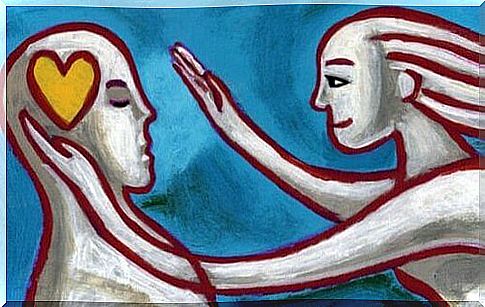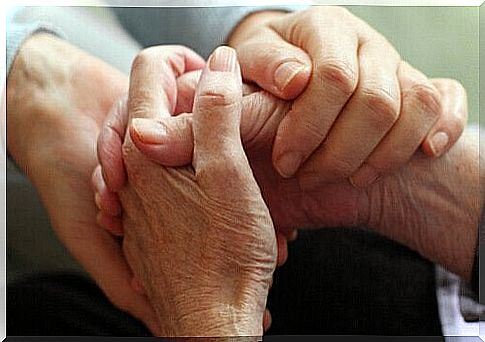3 Exercises Based On Compassion-focused Therapy

Exercises based on compassion-focused therapy have the power to deepen your relationships. One of the goals is to encourage well-being and balance. It can be like a big, amazing wave that washes over you and gives you relief from your suffering, and gives support and awareness.
Many people are not familiar with this particular type of therapy. At first glance, it seems like a set of philosophical principles rather than scientific ones. Nevertheless, to understand its transcendence, we must first put it in context. Compassion-focused therapy is part of what we call “third wave therapy”.
This type of therapy is useful and represents a significant step forward in the field. So often, therapy focuses solely on the symptoms of the disease or the current disorder. But compassion-focused therapy goes a little further and looks at deeper issues, which are fundamental to us as human beings. So things like emotions, feelings and personal or existential relationships in the patient are important points to consider in this type of therapy.
It is also important to mention that Paul Gilbert developed compassion-focused therapy based on a synthesis of J. Bowlby’s attachment theory, Buddhist thought, evolutionary psychology in the brain, and mentalization.
The combination of these principles is based on the value and power of human compassion. It reminds us of our potential for growth, and it is a useful tool for improving our relationships.

3 exercises based on compassion-focused therapy
The concept of compassion goes far beyond philosophy or religion. Sometimes we miss how true transcendent the most common words really are. The word “compassion” above all represents a quality of life that helps us help ourselves and create a more respectful and humane world.
Psychologist Paul Gilbert proposed a wide range of techniques. This interesting group uses everything from pure behavioral strategies to cognitive, narrative, gestalt therapy and mindfulness strategies. So now let’s learn some exercises based on compassionate therapy.
Create a safe room for yourself
This type of therapy teaches something very important about compassion. You have to start with yourself and go from there. No one can feel compassion for others if they do not have it for themselves.
Therefore, it is not only important to learn to love yourself, but also to love yourself well. This means developing certain strengths, understanding your needs and fears, dealing with your suffering and stopping intrusive thoughts.
- To do this , you can start with visualization. The goal is to create a safe space for yourself. Create a mental space where you can seek refuge and find peace. There you can take care of yourself and thus make better decisions.
- It may help to imagine that you are in a glass house. You are surrounded by a calm sea and soft light that lights up everything. Harmony resonates in every nook and cranny. Everything is peaceful. The inside of this glass house is a warm and inviting place where you feel safe.
- You can spend half an hour every day in this mental refuge, or as much time as you need. Here you can talk to yourself kindly and honestly. Leave all external noise and your fears at the door.

2. Work on your compassionate self
Developing your compassionate self is one of the most important compassionate therapy exercises. This particular task requires focus on specific key ideas.
- First, pay attention to your feelings, needs and pain.
- Kindness is not something you just practice towards others. In fact, it is very important that you practice kindness with yourself. For example, it is important to develop a positive inner dialogue. Do not be afraid to recognize your inner wounds, weaknesses and deepest needs.
- In the same way, you need to understand that a certain degree of suffering is normal. Therefore, there is no need to deny it, hide it or neglect it.
- The compassionate self often has to confront the “anxious self,” the “obsessive self,” and the “negative self.” This can be hard work. This means that you confront your inner enemy who sets up all kinds of walls and barriers. They try to get in the way of the healing process of your scars.
3. Enhance the flow of compassion
Another important skill in compassion-focused therapy is to enhance the flow of compassion. What does that mean? Basically, it means letting the compassion you cultivate for yourself flow to others.
You can do this exercise in many different ways. But the most important thing is to act out of a genuine desire to improve the well-being of others. You must want to embrace the other person through kindness and recognition. Think of your fellow human beings positively and with hope.
You can create this flow with three very simple mantras:
- I want you to feel good.
- I want you to be happy.
- Finally, I hope you are free from suffering.

Finally, this type of therapy is not just wishful thinking. In fact, it is based on an indisputable scientific truth: compassion heals and creates change in ourselves and others. Compassion is a life force that can fight fear and anxiety. Let’s put this into practice. Make compassion a conscious part of your life.









